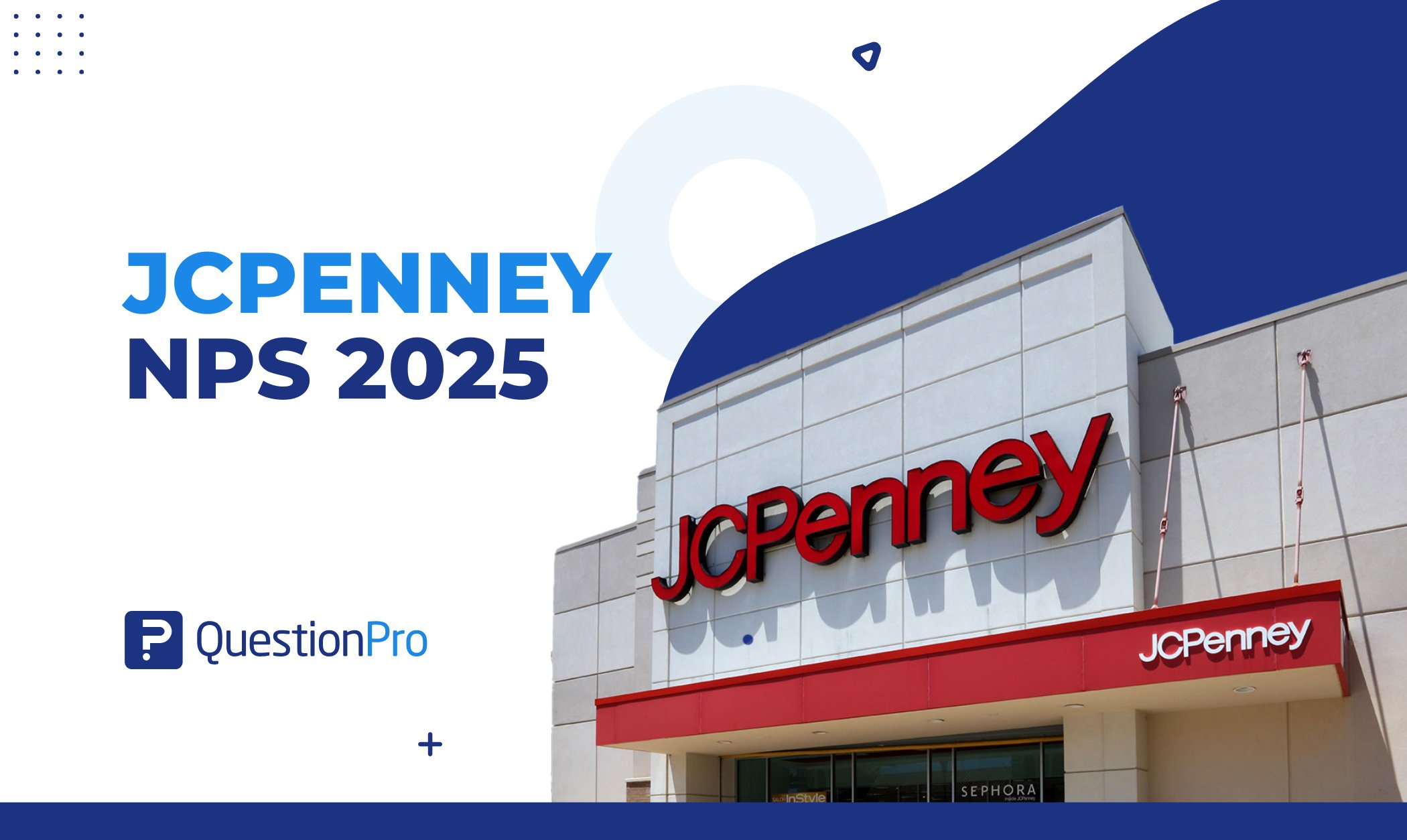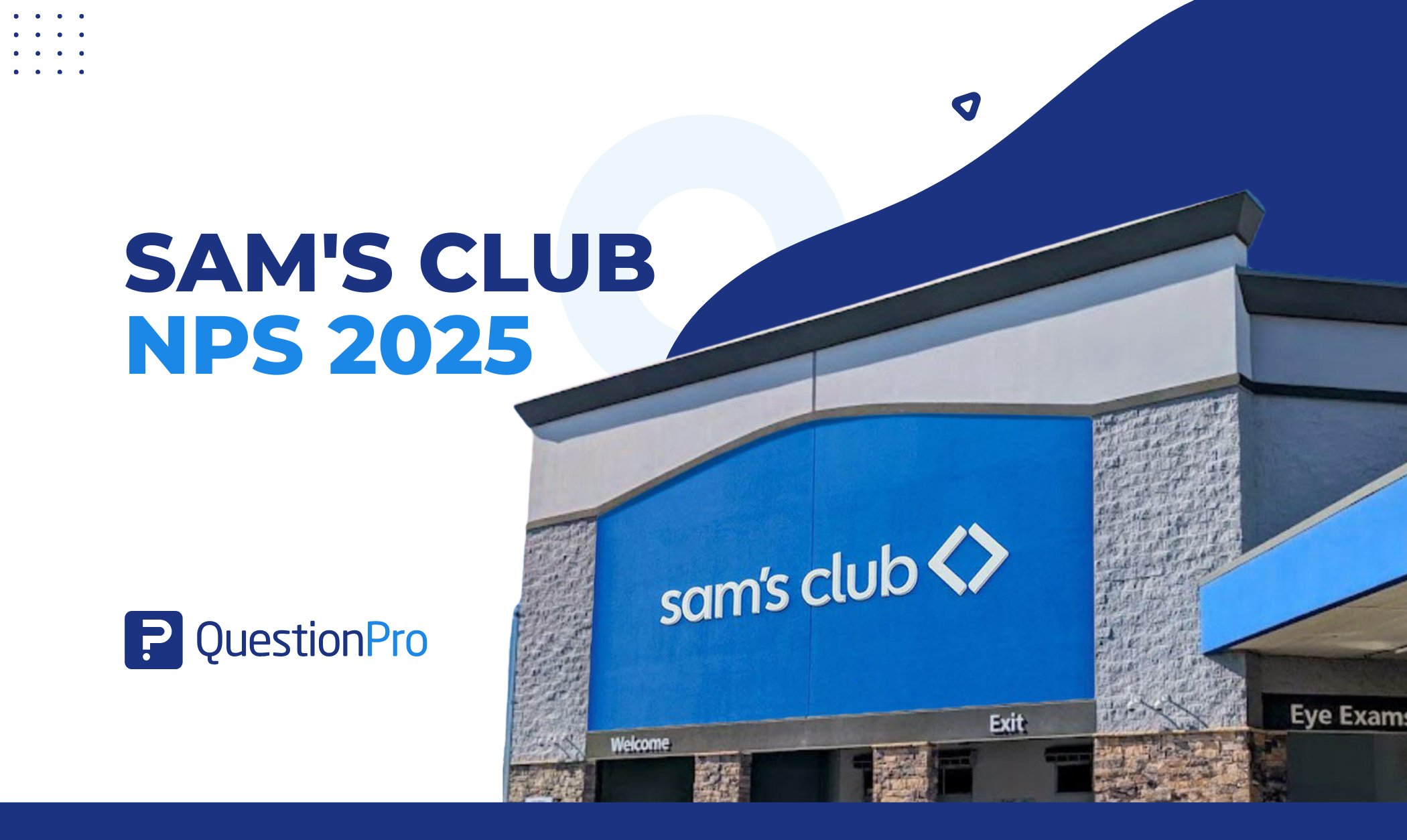
So you’ve sent out an NPS survey to 100 customers over the past month.
40 of them gave you a promoter score of 9’s and 10’s.
40 of them gave you a detractor score of 5 or below.
10 of them gave you a passive score of 6 to 8’s.
With polarizing results like this, who should you respond to first? 9 times out of 10, it will be the detractors. Why? Because NPS detractors are more likely to churn than promoters. Industry statistics show that around 50% of NPS detractors are likely to churn if nothing is done to change their experience. A typical business only hears from 4% of its dissatisfied customers – the other 96% leave, 91% for good. And because it’s 5 to 25 times more expensive to acquire a new customer than to retain an existing one, losing customers when there’s an opportunity to turn things around is risky business. If you aren’t able to get off the detractor naughty list in a timely manner, these customers will walk out the door and tell everyone about it.
“So you’re telling me there’s a chance!” – Lloyd Christmas
Why yes, I am quoting one of my favorite Jim Carrey movies. There’s a window of opportunity to reach out to detractors to change their experience and potentially turn them into lifelong customers. However, the window is small so the approach to address your detractors must be elegantly precise, predetermined, and executed in a timely manner. Ultimately the goal is to convert these detractors into promoters to improve client retention and promote positive word-of-mouth. Here’s how you can make the most of your detractor opportunity:
-
Know what a successful customer journey looks like
If you haven’t mapped out the ideal customer experience in detail at every engagement point, then this should be the very first thing you do. If you haven’t done it in a while, then it’s time to hit the refresh button. The ideal journey must be tracked and communicated to every employee who is a part of enabling a successful customer journey. For customer-centric companies that means every single person! Training, processes, metrics, and coaching resources should be written and implemented based on every customer scenario along the journey. And don’t forget to leave some room for changes in case the journey makes a slight detour as your business grows and progress into new markets.
-
Understand the roles detractors can play with internal decision makers
Ever run into a few managers who tend to blame customers instead of the addressing incoming customer complaints? Guess what happens next … absolutely nothing! One perspective many people don’t talk is the effects on customer-facing roles within the organization. They are the ones who have to hear every complaint and after a while they’ll disengage from raising issues to decision makers. They may even be the ones causing the bad experience, but if you do nothing about it, nothing will change. Showing internal employees and customers that each decision maker is invested in hearing the concerns of their detractors states that you take their experience just as seriously as your loyal customer base. It sets the expectation that every employee has a stake in delivering an exceptional customer experience. Who should be invested in understanding detractors? It’s not just sales and support. Managers from product, logistics, HR, executive board members, and shareholders need a direct line to the detractor story and consider their perspective before making major decisions that could lose these customers for good.
-
Create a playbook of proactive solutions that address detractor scenarios head on
Sports teams don’t go into games just playing whatever they feel like. They have specific play they run for each scenario they may face against their opponent. Think of working with detractors as a football game: With 20 seconds left, you are down by 6 points and its 4th and goal on the field with no time outs – which play are you going to run to win the game? Scripted processes are essential before you launch a survey so you have the ability to address detractor concerns with proper training before the launch.
-
Build purpose and expectation for customers who are being asked to take the NPS survey
Take the time to communicate why they are being invited to give feedback on their experience and offer several bullet points on the purpose for collecting results and what you are planning to do with the results. Share stories of past wins that resulted from customer NPS scores and how important and appreciative you are for their honest feedback.
-
Validate detractor results directly with the customer
After getting detractor results, be sure to demonstrate that you want to understand the reason why the customer gave your organization a detractor score. This should happen within 24 to 48 hours after the customer’s feedback. Typical communications to detractors should include the following:
-A thank you message for being a client and taking time to respond to the survey
-Mention that you noticed a low score and ask if there is a particular reason they rated you low
-Acknowledgement and validation of their issues raised and explain how you will work to resolve it
-Ask if they’d like to discuss their experience in more detail
-Let them know you are available by phone or email, that you’ll be sure to reach out more frequently, and that you will address any specific issues they had.
Once engagement has been made, it’s time to escalate the issues to the appropriate channels, in charge of sales, support, product, or whoever owns that experience to be used to track and implement changes to improve detractor experiences in the future.
-
Establish NPS metrics and its impact on your bottom line
Detractor = x% less likely to renew
Promoter = x% more lifetime value
It’s your job to solve for X based on churn the rate of response from customers.
Establishing the percent of detractor to churn rate is going to help decision makers understand the full impact of NPS and customer experience to the bottom line. It allows for strategy to determine where you can make up for lost ground while reworking current processes to improve the experience throughout the customer journey.
As you can see, moving off the detractors naughty list is doable, but it requires a shift towards being open to detractor feedback throughout the organization to make necessary changes. If you would like to discover an easy way to track and manage detractors, be sure to learn more about QuestionPro CX’s detractor recovery solution.
If you are looking to spark joy with your customers and learn about our customer experience program, contact us to schedule a demo. Let us guide you towards your first step into building and simplifying your CX program.







